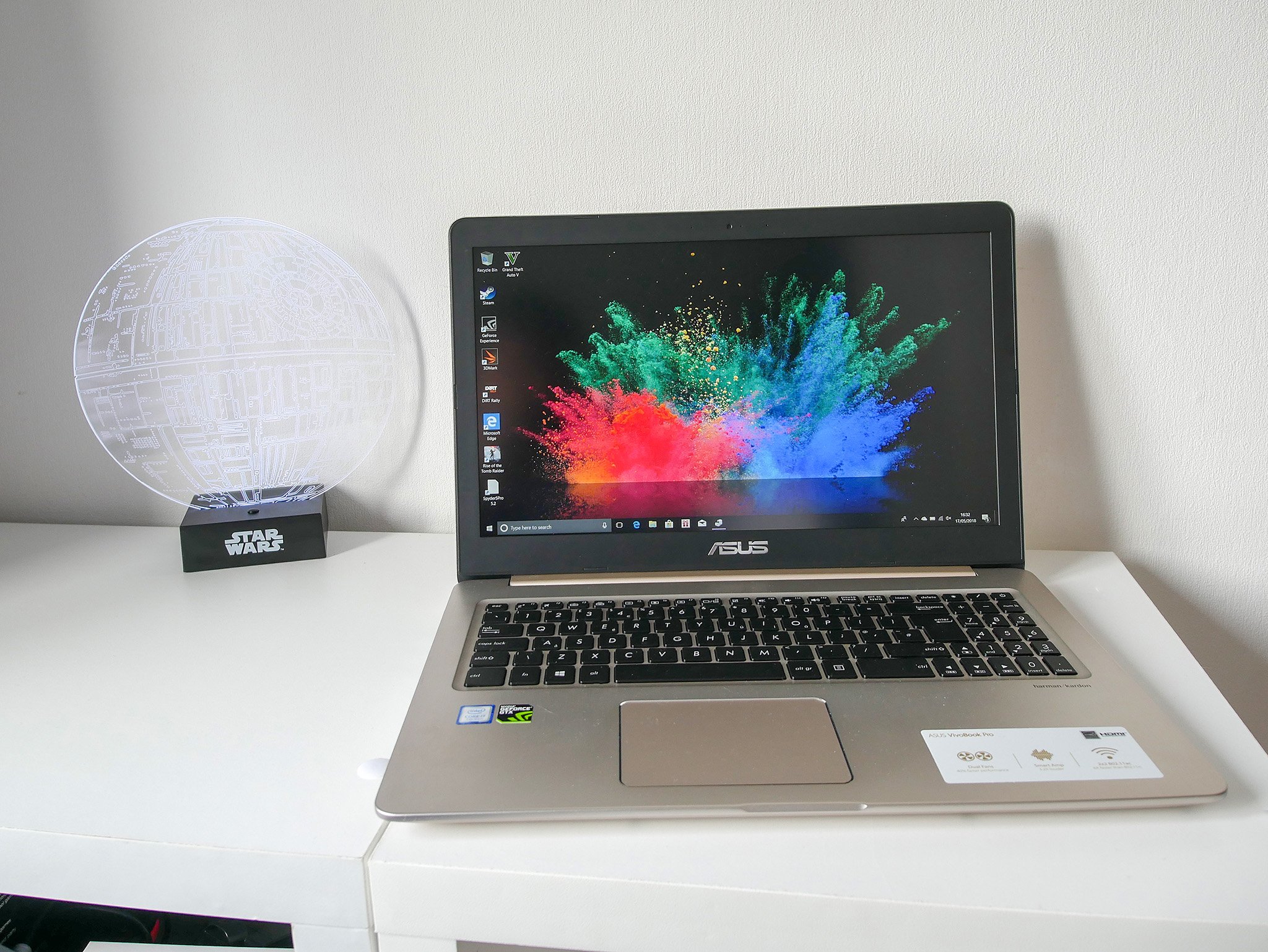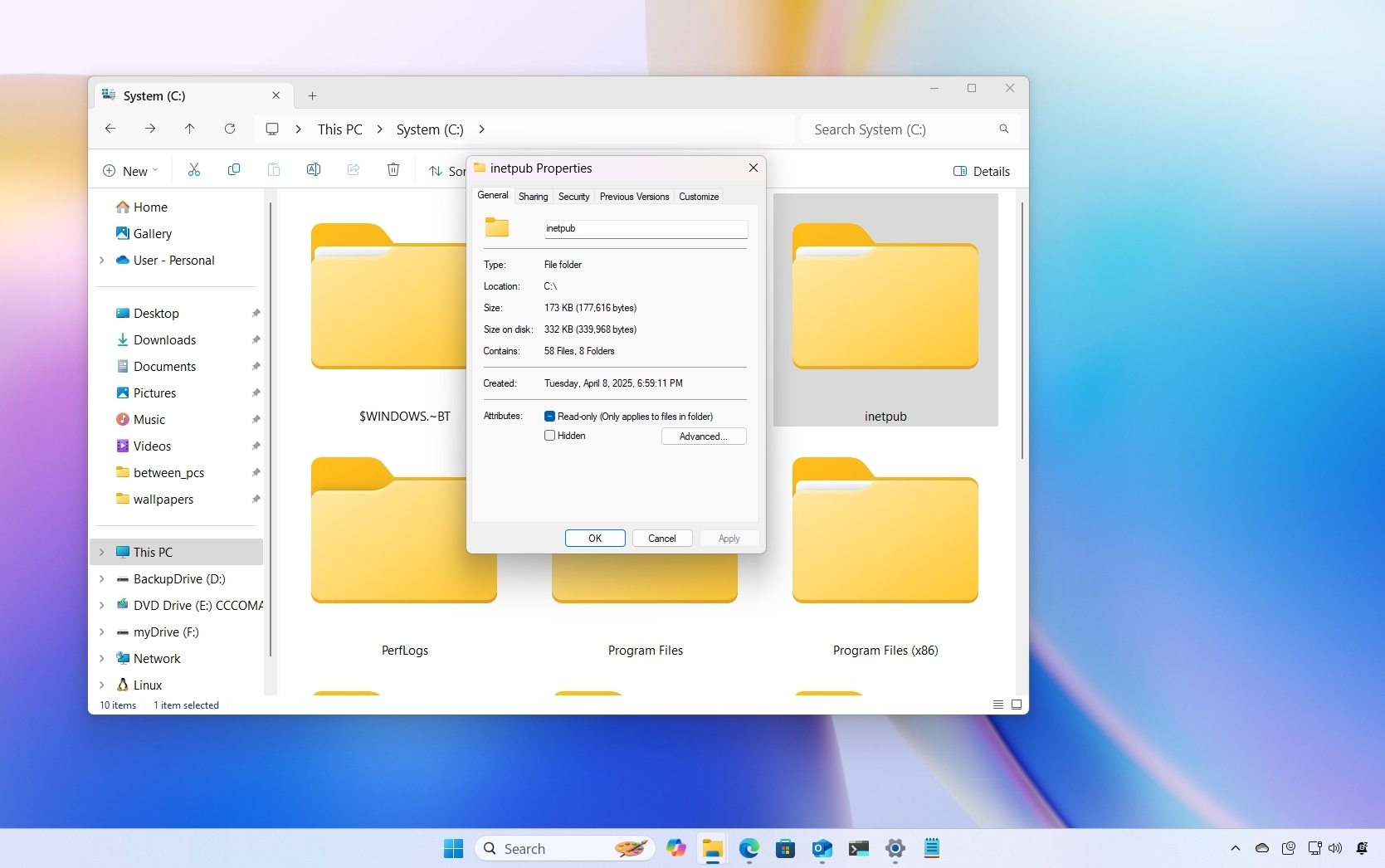The ASUS ZenBook Pro was one of my favorite laptops of 2017. It combined enough power to take on any task and do some gaming while still looking like a high-end, sophisticated Ultrabook. In my list of things to look for in a new laptop, it ticked every box.
The VivoBook Pro, then, is an interesting laptop for a number of reasons. It still packs power and dedicated NVIDIA graphics into a body that looks sleek and sophisticated, but at a considerably more affordable price point than the ZenBook Pro. In the UK, the model ASUS sent us for review comes in at not a lot over £1,000 (about $1,500), and that's really enticing.
For the sort of money you could spend on a Surface Laptop, you can get significantly better performance. But is it worth it?
ASUS VivoBook Pro tech specs
| Category | Samsung Notebook 9 15 |
|---|---|
| Processor | 7th Gen Intel Core i7-7700HQ |
| Memory | 8GB or 16GB |
| Storage | 128GB SSD and 1TB HDD |
| Graphics | 2GB NVIDIA GTX 1050 |
| Display | 15.6-inch Full HD (1920 x 1080) |
| Keyboard | Backlit KBD, Precision Touchpad |
| Ports | USB-C 3.1 x 1, USB 3.1 x 1, USB 2.0 x 2, HDMI X1, SD card, Ethernet, headphone and mic jack, and Kensington lock slot |
| Security | Fingerprint Sensor on some models |
| Power | 47Wh |
| Weight | 1.9kg (4.2lbs) |
| Dimensions | 380 mm x 256 mm x 19.2 mm |
| Price | Around £1,100 as tested ($1,487) |
ASUS VivoBook Pro hardware
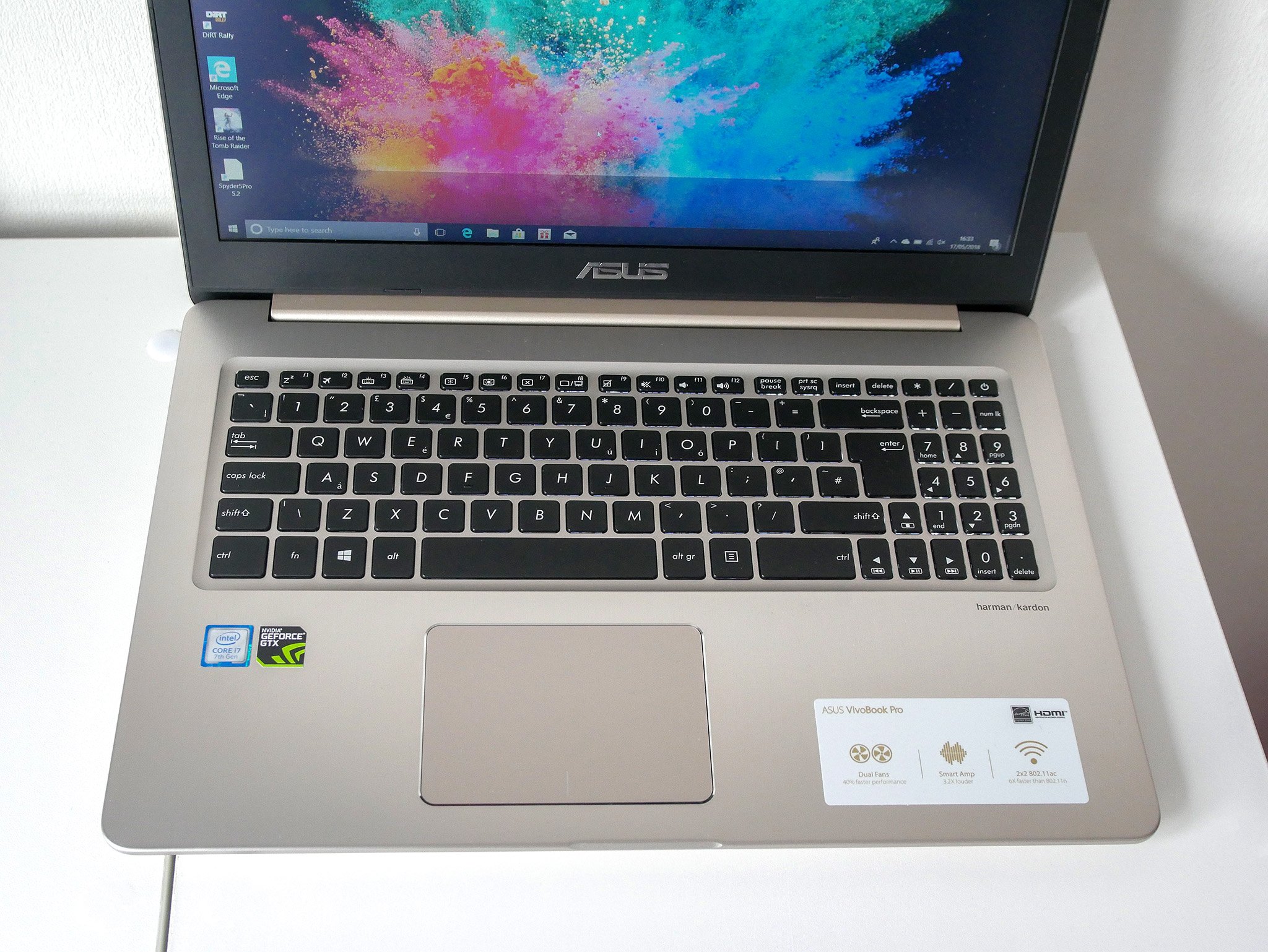
The VivoBook Pro comes in a couple of different variants. Some reviews point to a North American version that has a fingerprint sensor on the trackpad for Windows Hello. There is also, according to ASUS a 4K display on offer, but in the UK this doesn't seem to be the case.
The processor hasn't yet been bumped to one of Intel's 8th Gen chips, but the quad-core i7-7700HQ is certainly no slouch. It's what the previous generation of gaming laptops all used, and paired with an NVIDIA GTX 1050, it gives the VivoBook Pro some serious horsepower.
You wouldn't think it to look at the laptop from the outside, though. It's very much a traditional ASUS looking laptop, comparing pretty well visually with the VivoBook S15 with a sleek metallic looking body and a brushed metal finish. Despite the look, it isn't all metal; the base is very much plastic, which is never more evident than when pressing firmly on the keyboard area.
There's a little more bounce here than I'd like to see, but unless you're a particularly heavy typer, it's not something that will bother you too much. As for the keyboard, it's nice to type on, as is usually the case with ASUS laptops, though it does feel a little cramped having a number pad.
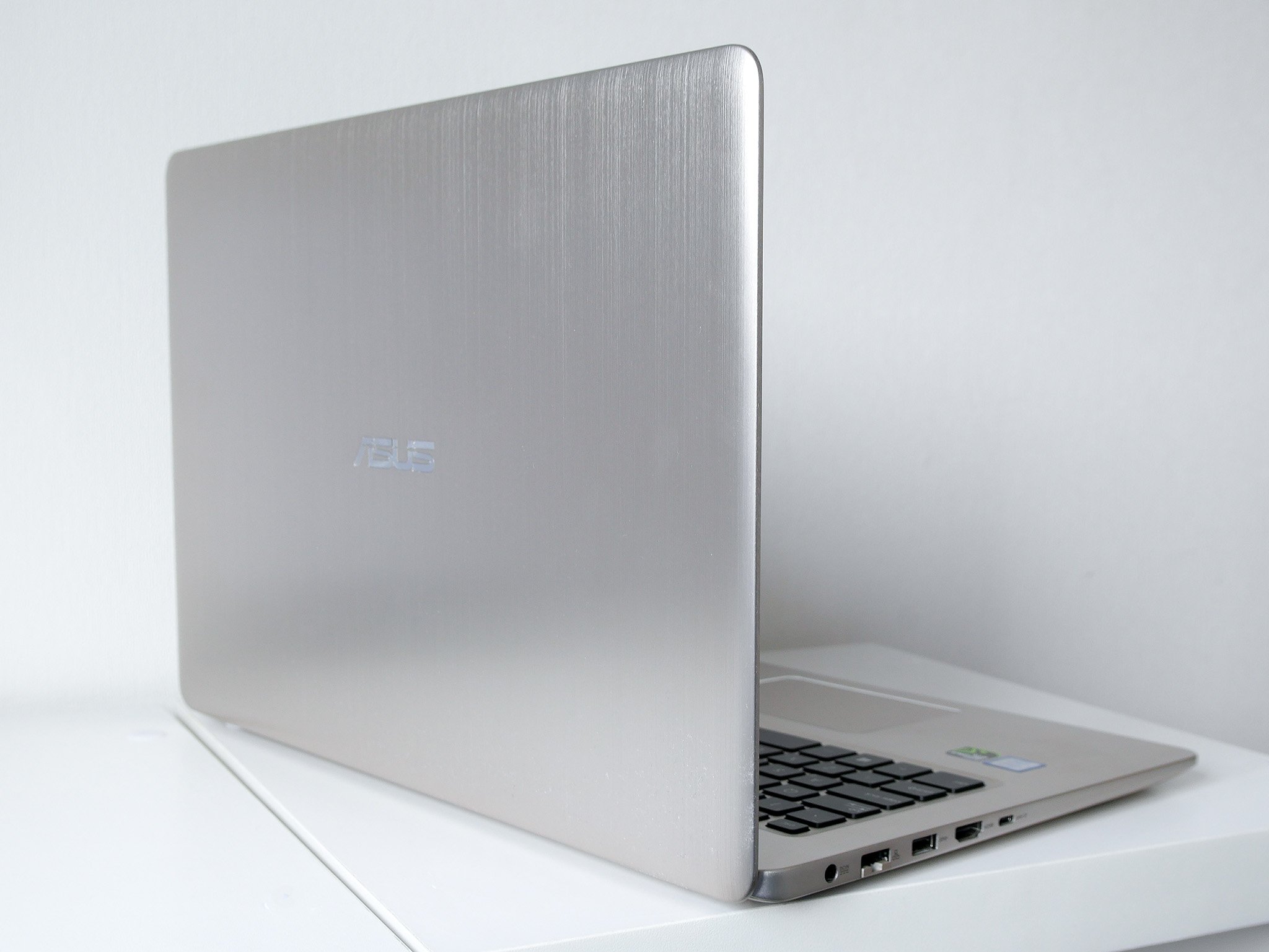
Compared to my own laptop, a Dell Inspiron 15 7559, which is also a 15.6-inch notebook, the number pad on the VivoBook Pro is cramped and feels squeezed in. It also interferes with the cursor keys. I can't tell you how many times I pressed the right arrow rather than zero or one, just because the layout isn't traditional and my brain had to adjust.
Despite housing a GTX 1050 and a quad-core CPU, the VivoBook Pro remains fairly slim, and while it's heavier than some other 15-inch notebooks, it certainly isn't going to break your back carrying it around. Being slim always adds cooling challenges, and ASUS opted to solve this by packing two fans inside, one on the left and one on the right. As such it can get a little noisy when you're pushing it, but they do a good job keeping things to a warm temperature as opposed to searingly hot.
What's really great for a laptop with "Pro" in its name is just how much stuff you can plug into it. You have ports here for pretty much everything. USB-C 3.1 is on board for both data transfer and external display connection, likewise, there are a handful of regular USB ports, HDMI, Ethernet, SD card, or everything a prosumer would want from their laptop.
What isn't so great is that the fingerprint scanner isn't standard on every model in every country. It sits on the trackpad, so it's located nicely, and the trackpad itself is also precision and pretty nice to use. But in the UK it has no fingerprint sensor.
ASUS VivoBook Pro display
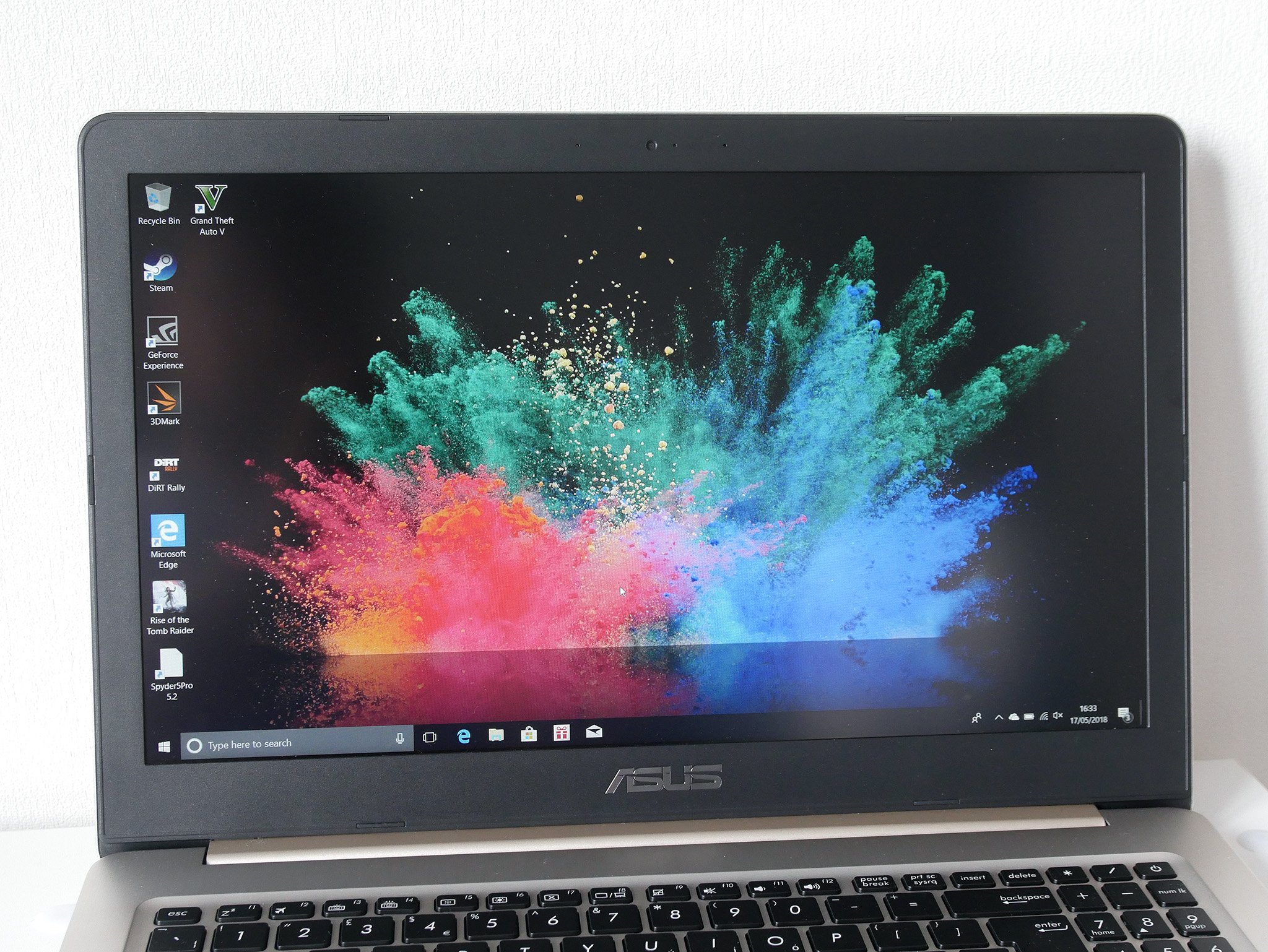
What's really not great about this PC is the display. And that's being nice about it.
The display on this laptop is just bad. Really bad.
The TN panel on the version I have has terrible viewing angles (as you'd expect) and comes through the Spyder 5 Pro colorimeter test at 60 percent of sRGB. That's poor. Really poor. Out of the box calibration was also pretty bad, with colors being flat and washed out. Tunning it through the colorimeter at least made some improvement, but it still looks far from good. It's just a bad display, and on a laptop pushing £1,000 ($1,500), that's unacceptable.
Of course, if you're in a position to get the version with a better display, as it seems folks in other parts of the world are, it's possibly a different story. I can't review that, but other reviewers have said other models have better colors and solid viewing angles.
ASUS VivoBook Pro performance and battery
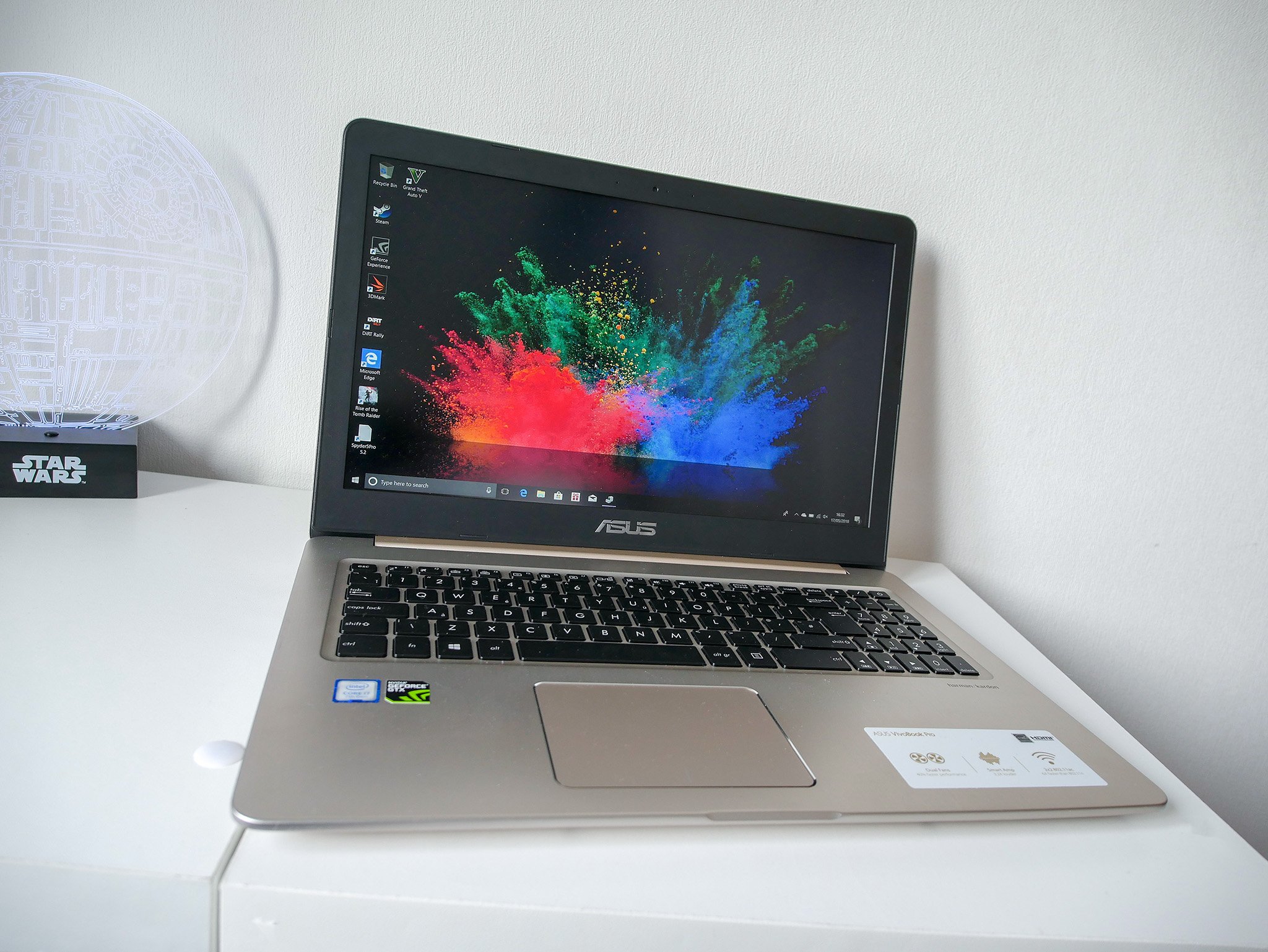
When you're putting any form of dedicated graphics into a laptop battery life is going to take a hit. That's why most gaming laptops tend to put in physically larger units so they can balance out the expected drop off.
The VivoBook Pro hasn't done that, instead, you get dedicated graphics and the same sort of battery you'd expect to find in a PC with only an Intel integrated GPU. That, in turn, leads to three to four hours on average off the charger before you're running dry. Not good.
You can definitely play some games on the VivoBook Pro when you're done working
The flip side is a laptop that oozes performance at every turn. Sure, the GTX 1050 isn't the beefiest GPU on the market, but it's quite capable in a number of scenarios, especially when paired with that quad-core i7 processor, which a number of high-end gaming laptops also use.
Testing it out on a few different benchmarks, the VivoBook Pro achieves a commendable 46 frames per second (FPS) on Rise of the Tomb Raider and 80 FPS on Dirt Rally, both on high graphics settings. Geekbench's Cuda compute test generates a score of 77,208 and it scores 5,633 on 3DMark Fire Strike, better than 24 percent of all results. And remember, this is the entry level, with 2GB GTX 1050 from NVIDIA.
Can it game? Sure. Will it suit creators working with video rendering? Absolutely, as long as you're not editing on this display. For folks seeking power on a budget, the VivoBook Pro has a lot to offer.
The bottom line on ASUS's VivoBook Pro
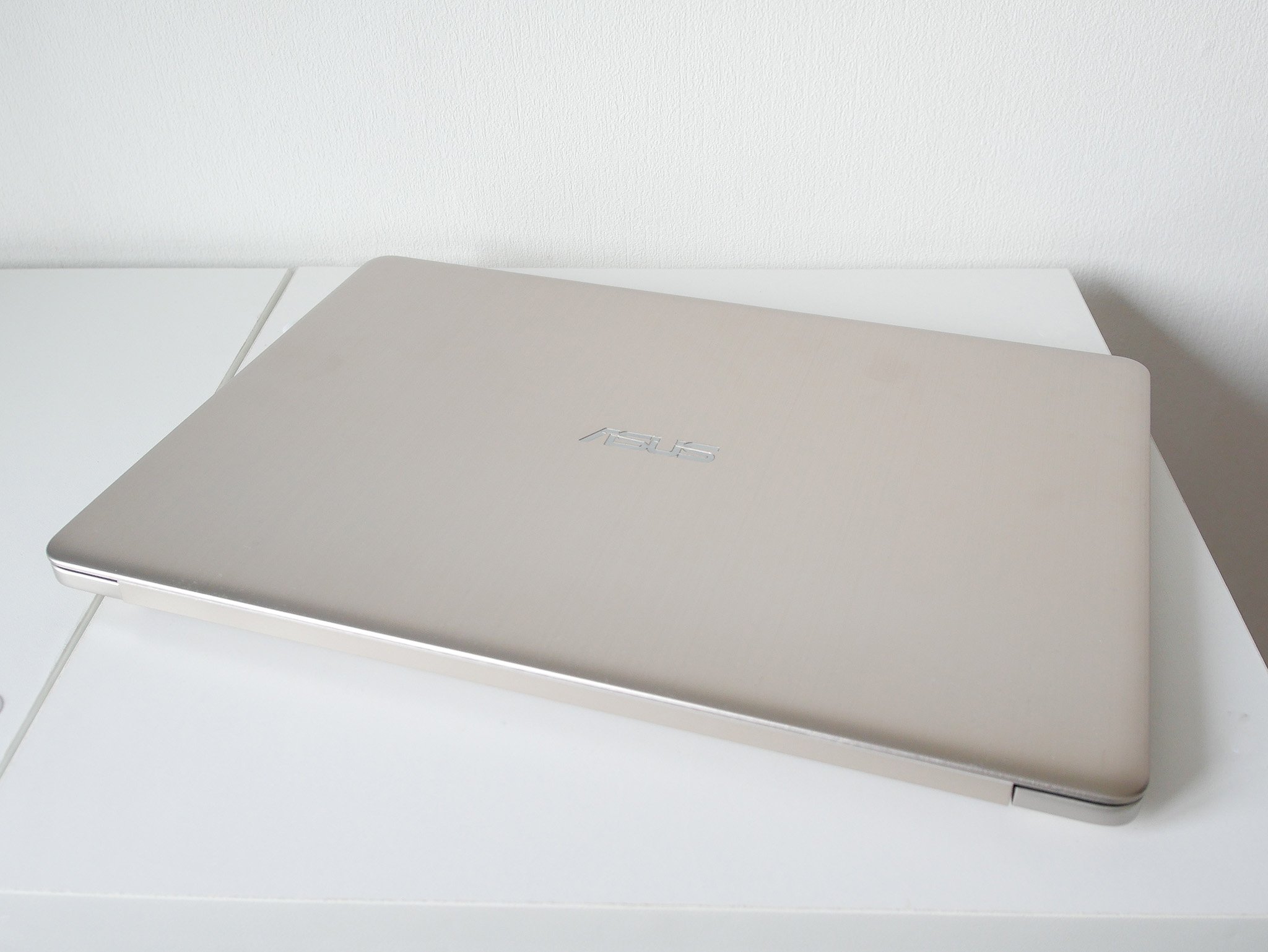
As a fairly affordable laptop for work and play, the VivoBook Pro has a lot going for it. The processor and GPU are great and are easily able to play some of today's PC games with reduced graphics settings at decent frame rates. It's fairly nice looking, and the keyboard is decent
Pros:
- Superb performance.
- Precision touchpad.
- Ports galore.
Cons:
- Terrible display on this model.
- Below average battery.
- Fingerprint sensor isn't standard on all models.
The display completely lets down the VivoBook Pro, or at least, the model I have. It wouldn't be good enough, frankly, on anything but a budget laptop. ASUS all too often lets the display suffer (as on the VivoBook S15) in pursuit of performance on a price. A laptop with "Pro" in its name with a bad display isn't a pro-grade laptop.
That's a shame, because battery life and a couple of annoyances aside, it's a really strong laptop. In other territories where the display seems to be better, it'd be fairly easy to recommend.
You get a lot for your money. But sadly, this PC is clearly flawed.

Richard Devine is a Managing Editor at Windows Central with over a decade of experience. A former Project Manager and long-term tech addict, he joined Mobile Nations in 2011 and has been found on Android Central and iMore as well as Windows Central. Currently, you'll find him steering the site's coverage of all manner of PC hardware and reviews. Find him on Mastodon at mstdn.social/@richdevine
